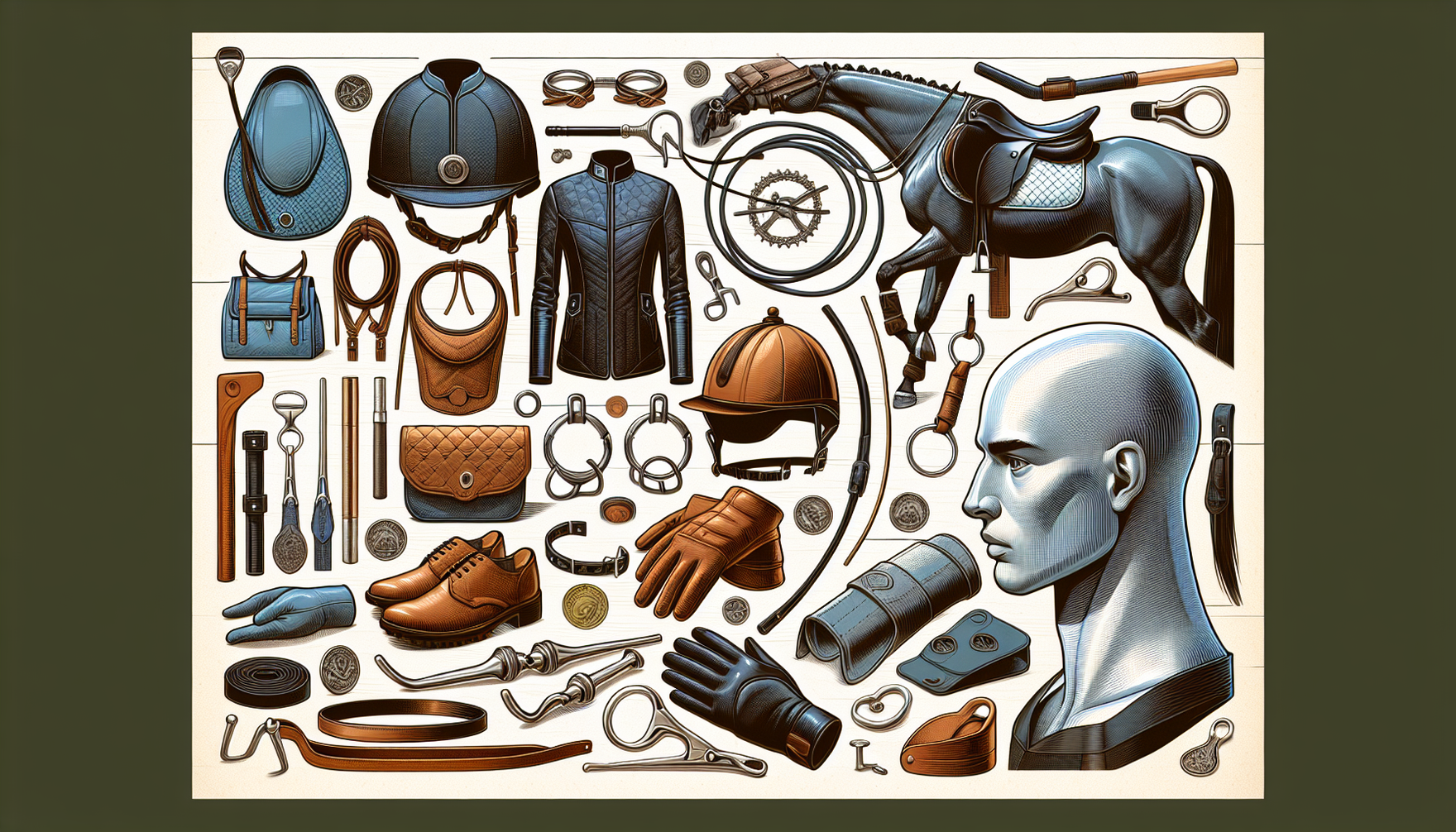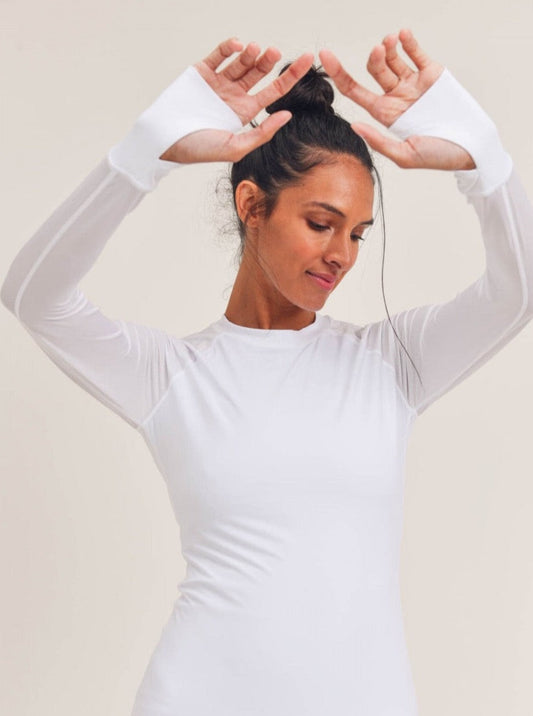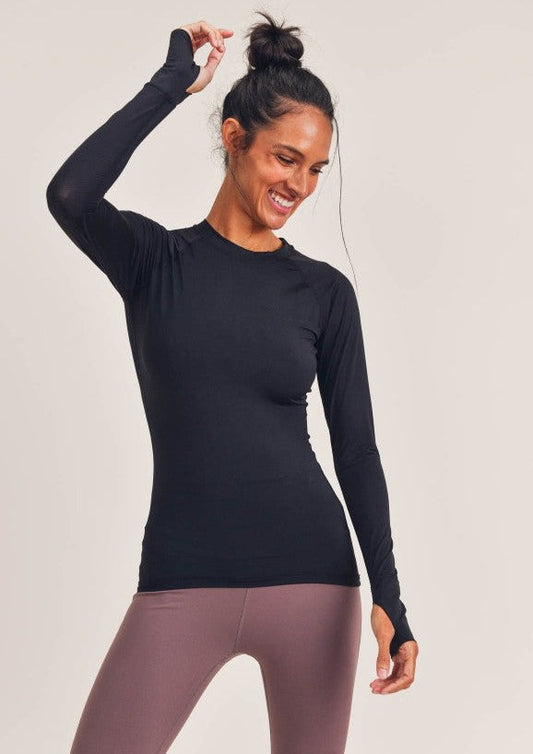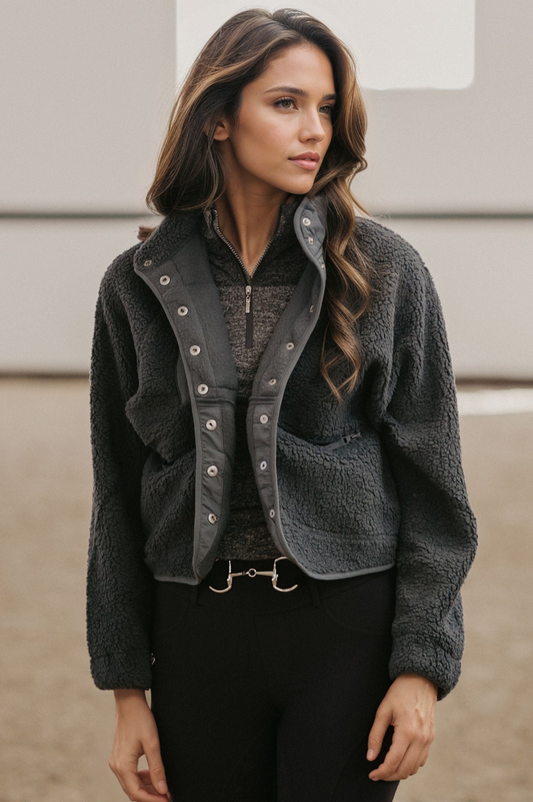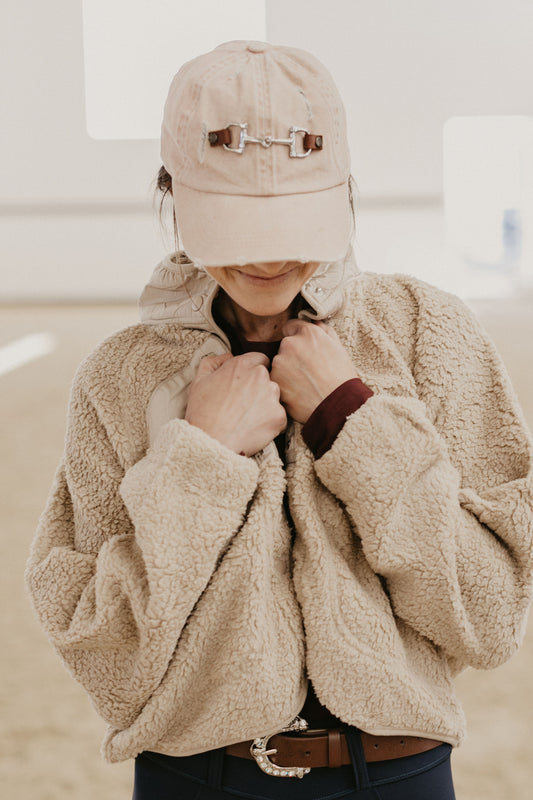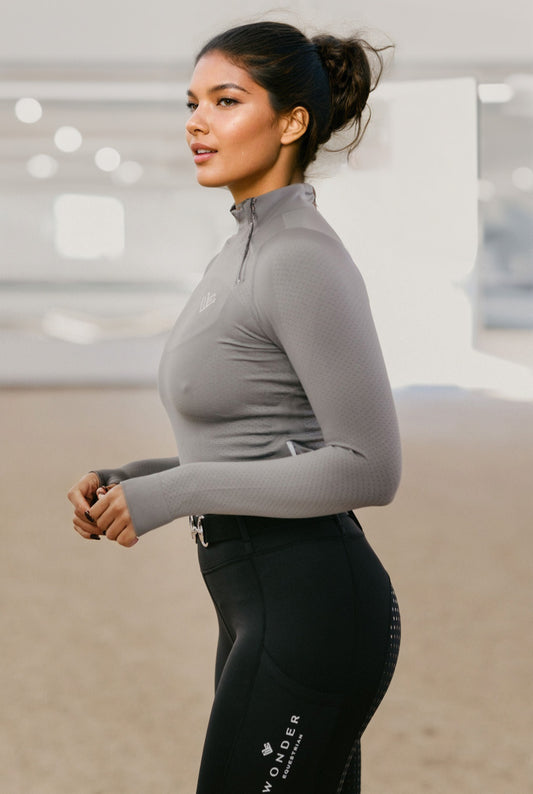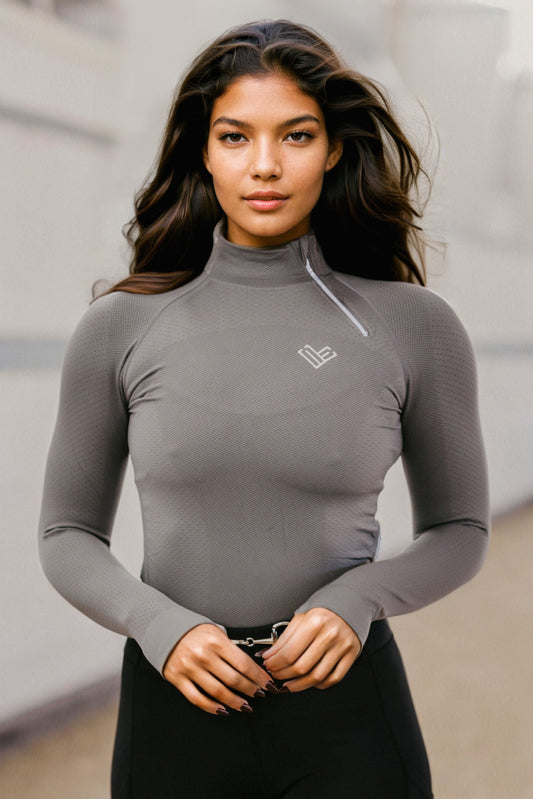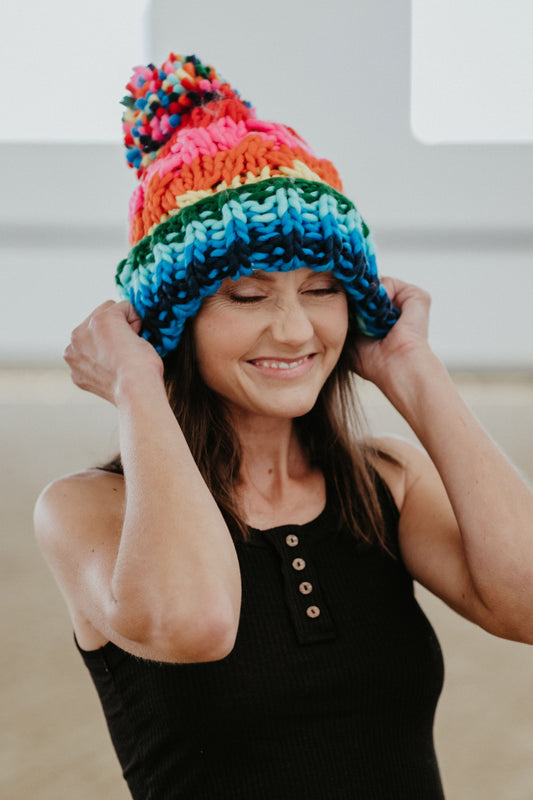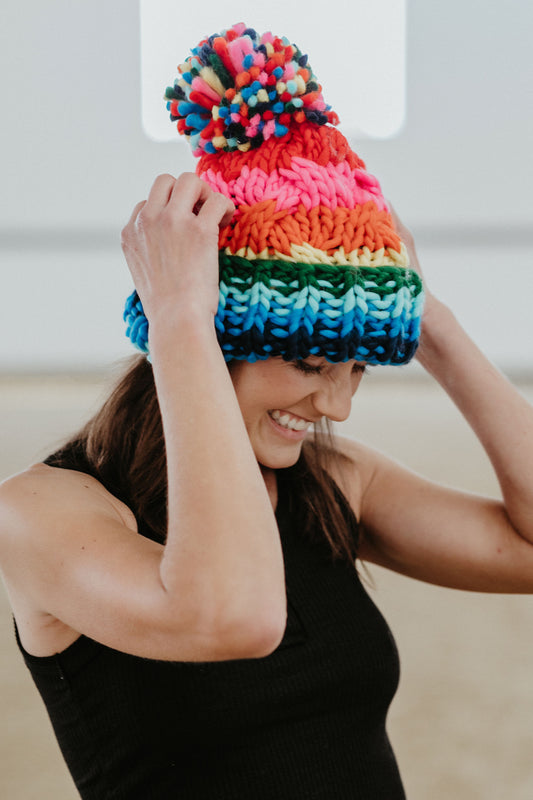Introduction to Equestrian Training Equipment Investment
For both novice and experienced equestrians, the choice of training equipment is pivotal in shaping both the rider's and horse's performance. Quality gear not only enhances safety and comfort but also facilitates better communication between the horse and rider, leading to improved outcomes in training and competition. This guide aims to illuminate the key considerations when investing in quality equestrian training equipment, ensuring your investment optimizes your equestrian journey.
Understanding the Importance of Quality
Investing in quality equestrian training equipment is not merely about premium prices or brand names. It revolves around durability, functionality, and the ability to provide the right support and communication channels between the rider and horse. High-quality equipment withstands the wear and tear of regular use, offers better safety features, and often incorporates ergonomic designs that enhance performance and comfort for both parties involved.
Durability and Longevity
Quality equipment is crafted to endure the rigors of daily training, reducing the frequency of replacements and ensuring safety is not compromised over time. This resilience against breakage protects both horse and rider from potential accidents, making it a wise long-term investment.
Enhanced Performance
Superior training gear is designed with the anatomy and psychology of the horse in mind, facilitating a better understanding and responsiveness to the rider's cues. This leads to improved performance in training sessions and competitions, as the equipment acts as an extension of the rider’s intentions.
Key Pieces of Quality Equestrian Training Equipment
Saddles and Bridles
The saddle is arguably the most significant investment in equestrian gear, as it affects the comfort and balance of both horse and rider. A quality saddle ensures correct positioning, reduces the risk of pressure points, and enhances communication. Similarly, a well-fitted bridle, with bits appropriately chosen for the horse's level and disposition, is crucial for effective control and direction.
Protective Gear
Both horse and rider need protective equipment to prevent injuries during training. For the horse, leg boots or wraps support the tendons and ligaments, whereas a well-fitted helmet, safety vest, and appropriate footwear are indispensable for the rider’s safety.
Training Aids
From lunging equipment to dressage whips and jumping aids, each piece should be selected with the horse's current training level and future goals in mind. Quality aids provide the right amount of stimulation and feedback, enhancing the training experience without causing undue stress or confusion.
Investing Strategically in Training Equipment
Investing in high-quality equestrian training equipment necessitates a strategic approach. Prioritize the items that directly impact the safety and comfort of horse and rider, such as saddles, bridles, and protective gear. From there, consider the specific needs of your training program, focusing on equipment that supports your long-term goals. Remember, the best investment is in items that grow with you, offering adjustable features or the capability to be used in various training contexts.
Conclusion
Choosing to invest in quality equestrian training equipment is a decision that pays dividends in the safety, performance, and satisfaction of both horse and rider. By focusing on durability, functionality, and the specific needs of your training regimen, you can ensure that your investment enhances the riding experience while supporting your equestrian ambitions. Remember, the right equipment is a crucial step towards achieving excellence in the equestrian realm.
Shop Wonder Equestrian
